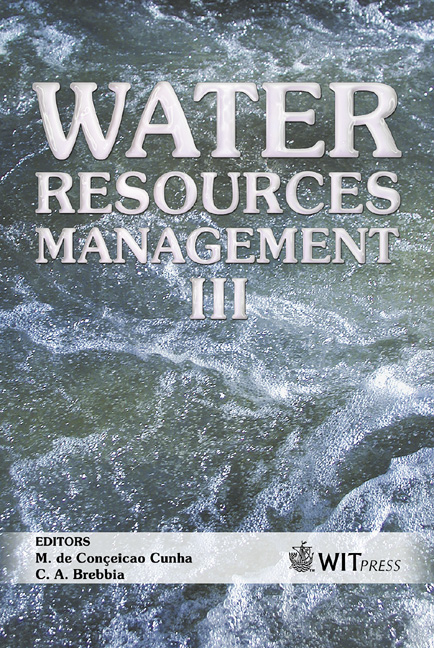The Former Albion Explosives Factory: Cordite And TNT To Suburban Dream
Price
Free (open access)
Transaction
Volume
80
Pages
8
Published
2005
Size
363 kb
Paper DOI
10.2495/WRM050131
Copyright
WIT Press
Author(s)
P. Sinclair , A. Creek & T. Marshall
Abstract
The Australian Department of Defence operated a 400-hectare explosives factory in the Albion area, located about 15 kilometres from the centre of Melbourne – capital of the Australian state of Victoria. The factory produced a wide range of explosives and raw materials for use in munitions from the 1930s until 1986. About 220 hectares of relatively uncontaminated land was cleared via the Victorian environmental audit system between 1993 and 1997. The authors include two private-sector auditors (TM and PS) who, between 1998 and 2004, were involved in the clearance of the remaining 180 hectares of land where higher levels of contamination were present. Contaminants included TNT, 2,4 and 2,6-DNT and their breakdown products such as MNT and nitrates, very high and very low pH, metals, ammonia and various raw materials used in explosives manufacture. The integration of the assessment and remediation, auditing methods used, proposed land uses, resolution of the difficult ground water pollution issues and impacts on nearby waterways are described in this paper. Keywords: integration, explosives, TNT, auditing, soil and groundwater contamination, surface water impacts. 1 Introduction Melbourne, the capital of the Australian state of Victoria is a city of about 3.4 million people. Historically, growth of the suburban fringe of Melbourne has been focused on the southern and eastern sides of the city where infrastructure, soils and perhaps voting intentions favoured development. In more recent years, improved road infrastructure, rising land prices and changing demographic
Keywords
integration, explosives, TNT, auditing, soil and groundwater contamination, surface water impacts.





